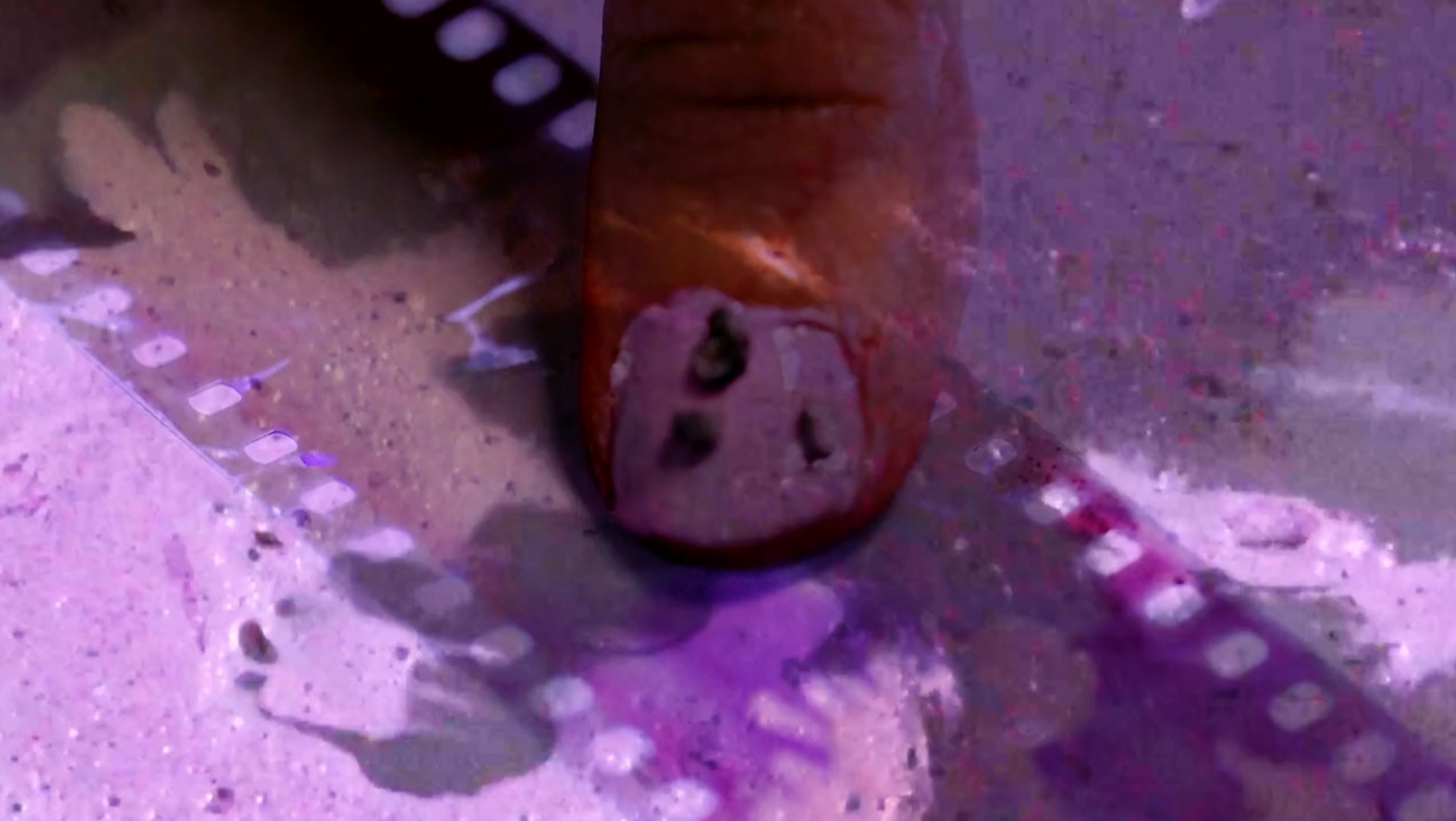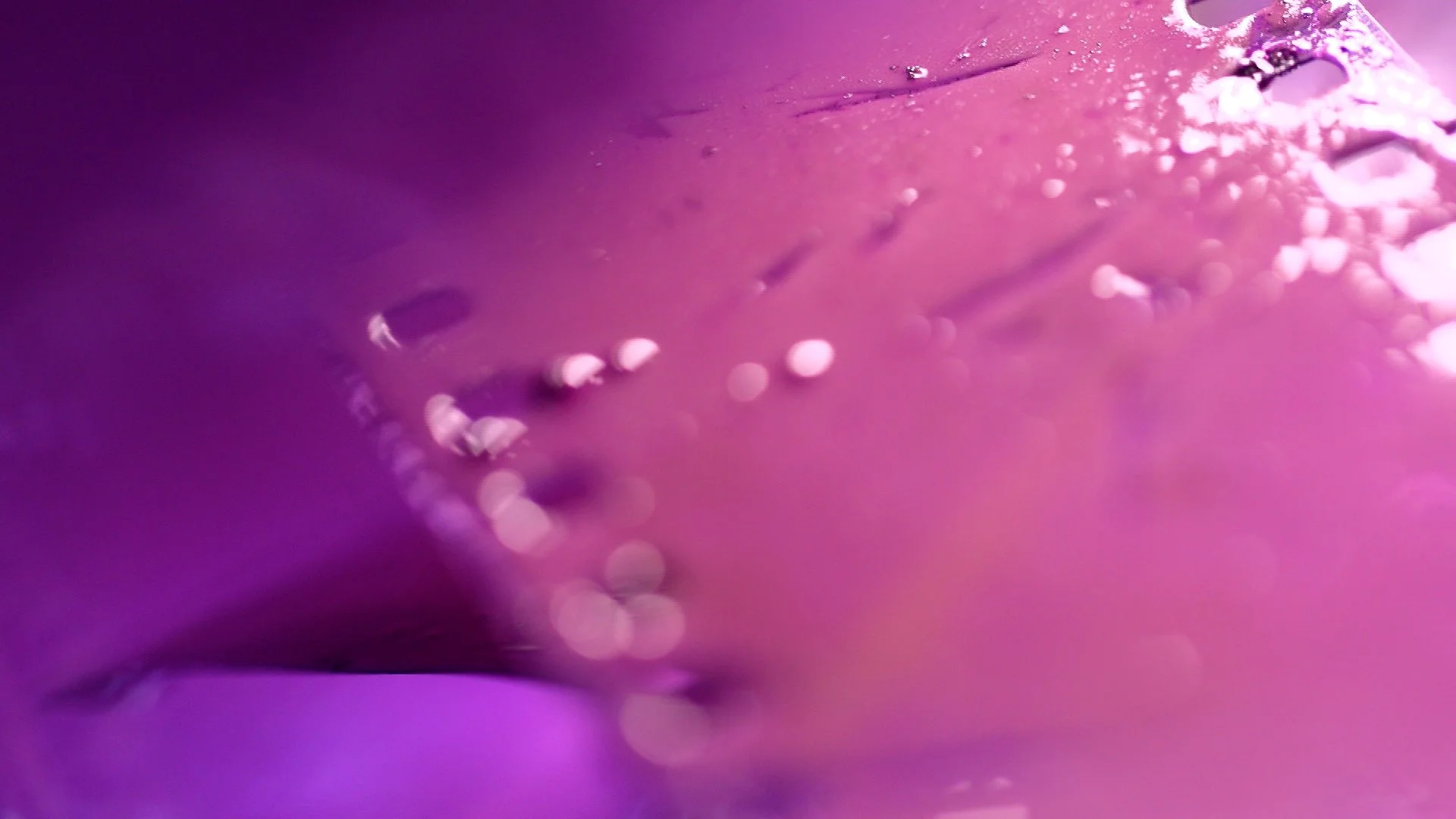Patricia Alvarez
Cochineal (Dactylopius Coccus) is a beetle that lives in the nopal cacti (Opuntia). This beetle produces carminic acid to deter predators. Carminic acid is the coloring agent found in the pigment Carmine. The Cochineal beetle, which is endemic to the Americas, has been cultivated since pre-Hispanic times to obtain a wide gamma of reds, pinks, oranges, maroons and purples. In places like Peru and México, it is better known as the source of bright pinks and magentas that are associated with Indigenous color palettes. In Peru, this pink is colloquially referred to as Rosa Serrano (Highland Pink) or Cholo Pink, marking its connection to indigeneity and as a sign of gaudy, huachafo or poor taste. Yet, Cochineal is the only natural source of red and pink pigments. It enabled the Renaissance. The Cochineal trade sustained the Spanish Empire, delaying its economic downfall. After the emergence of synthetic dyes, the cultivation and use of Cochineal was largely relegated to small scale production for use in Indigenous communities. With the increasing demand for organic and natural products expanding alongside consumer desires to obtain goods in a wide range of colors, Cochineal has seen a resurgence. Today, it is used as a natural dye in ethical and sustainable fashions, organic makeup and foods. This industry has always depended on the labor and knowledge of Indigenous peoples who gain the least profit and aren’t credited for it.
Qamaya Puka1, is a short exploration of the preparation of cochineal pigment for nail polish, paints and fabric dyes. Using 35mm film stock as a support to document pigment, Qamya Puka1 explores the materiality of color. As film is painted with a variety of cochineal pigments that purposefully turn the film stock magenta, the film plays with the vinegar syndrome that affects color film stock. Vinegar syndrome is a chemical degradation process that turns color film magenta. This degradation process is an entropic force that moves film to an anarchival state, forcing us to contend with the limits and purpose of film as a modality of documentation and research (Hennessy and Smith 2018, Smith and Hennessy 2020). Qamya Puka1 plays with the entropic anarchival force of vinegar syndrome to challenge the coloniality of our modalities of documentation to consider the entropic force of Cochineal—as pigment and animal—and its complex connection to Indigenous histories, presents, and futures.
Credits:
Directed by Patricia Alvarez Astacio
Produced by Patricia Alvarez Astacio and Gabriel Rodriguez
Director of Photography, Jorge Rodriguez Mazzini
Additional Camera, Patricia Alvarez Astacio
Edited by Patricia Alvarez Astacio
Special Thanks to: Caroline Gil, Kathryn Ramey and Gabriel Dattatreyan
References:
Smith, Trudi Lynn and Kate Hennessy. 2020. “Anarchival Materiality in Film Archives: Towards an Anthropology of the Multimodal, Visual Anthropology Review 36(1):113-136
Hennessy, Kate and Trudi Lynn Smith. 2018. Fugitives: Anarchival Materiality in Archives, Public (57): 128-144.
Qamaya Puka1 (2022)
35 mm film, video, 4 minutes 40 sec (2022)
Patricia Alvarez
Film still (1), Cochineal (2022). Patricia Alvarez.
Film still (2), Cochineal (2022). Patricia Alvarez.
Film still (3), Cochineal (2022). Patricia Alvarez.



